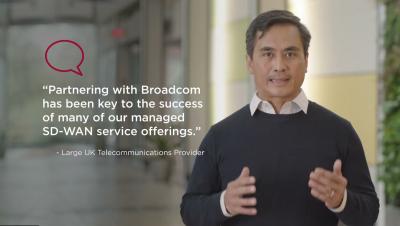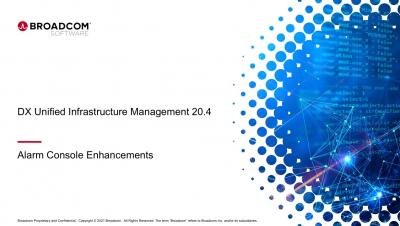From Kálmán to Kubernetes: A History of Observability in IT
You know that observability plays a crucial role in helping to manage today’s distributed, cloud-native, microservices-based applications. But you may be surprised to learn that – despite its close association with modern applications – observability as a concept was born more than a half-century ago. Its origins stretch all the way back to the late 1950s, long before anyone was talking about microservices and the cloud.







